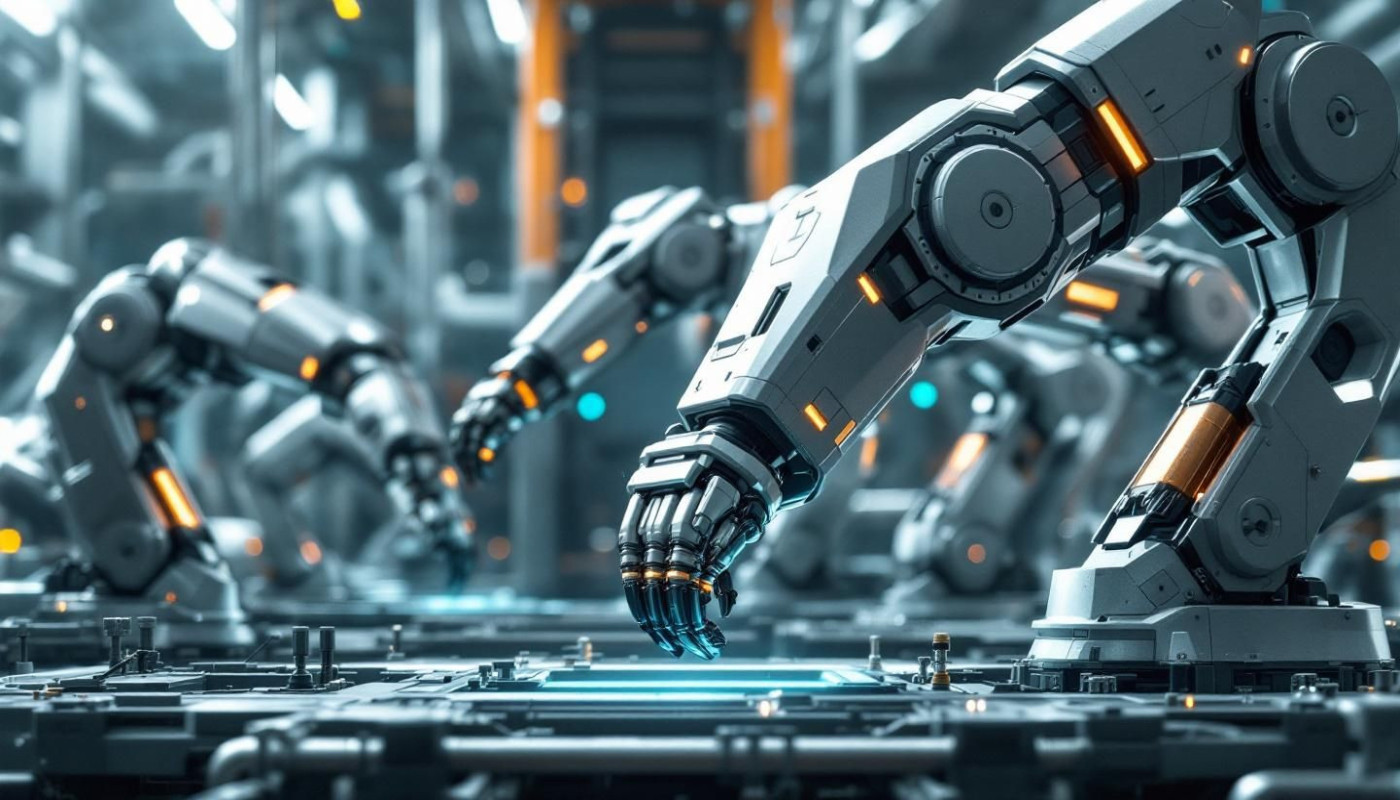Table of contents
Selecting the optimal CNC machining center is a pivotal step in streamlining production processes and achieving operational excellence. The right choice not only impacts efficiency but also influences the overall quality and consistency of manufactured parts. Delve into the following sections to uncover how a tailored approach to CNC machinery can elevate productivity, and learn which key factors to weigh when making this vital decision.
Matching Capacity To Production Needs
Aligning a CNC machining center's machine capacity with the actual production needs of a facility is a decisive factor in boosting manufacturing efficiency. Selecting equipment that suits the intended volume and complexity prevents both underutilization, where resources sit idle, and overextension, where equipment struggles beyond its designed capabilities. This careful balance not only maximizes throughput but also contributes to reduced cycle time and seamless workflow continuity. By implementing effective load balancing strategies across multiple machines and operations, manufacturers can avoid bottlenecks, ensure that each unit is working at optimal efficiency, and minimize downtime due to unnecessary wear or unplanned maintenance. Matching the right CNC machining center to specific production requirements supports adaptability as demand fluctuates, maintaining a smooth, predictable output. For manufacturers seeking tailored solutions and more insights on choosing the best equipment for various applications, check my site provides a comprehensive overview of advanced CNC machining centers and their role in modern manufacturing environments.
Automated Features For Enhanced Output
Automated CNC machining centers bring productivity gains through integrated tool changers, pallet systems, and robotic integration. Tool changers enable rapid, seamless transitions between machining operations, greatly reducing downtime and manual tool handling. Pallet systems streamline the loading and unloading of workpieces, allowing for continuous workflow and swift job changeovers. Robotic integration further advances production by automating material handling, inspection, and finished part removal, ensuring consistent quality and freeing skilled operators for higher-value tasks. With these features, reducing downtime and minimizing human error become achievable goals. Unattended machining is made possible, supporting extended production runs and lights-out manufacturing, where machines operate efficiently well beyond normal working hours without direct supervision. Altogether, automated CNC solutions deliver measurable increases in output, process reliability, and resource utilization, helping manufacturers stay competitive in demanding markets.
Precision And Quality Control Benefits
Precision engineering in a CNC machining center plays a pivotal role in ensuring consistent quality of finished products. When the correct machine is selected, it directly impacts CNC precision, allowing for tighter tolerances and superior surface finish. This high degree of accuracy means each part produced meets specified requirements, supporting robust quality control throughout the manufacturing process. Consistent repeatability, another advantage of an appropriate CNC machining center, greatly reduces variations between parts, which minimizes material waste and operational inefficiencies. By enabling effective implementation of statistical process control, manufacturers can monitor and maintain tight tolerances and desirable surface finishes across production runs. This leads to fewer defects, increased customer satisfaction, and a stronger reputation for quality in competitive markets.
Reducing Setup And Changeover Times
In high-mix or short-run manufacturing environments, CNC machining centers engineered for quick setup and rapid changeover deliver a significant productivity boost. By incorporating advanced fixturing systems, these centers enable operators to prepare new jobs with minimal manual intervention, reducing traditional bottlenecks. Single-minute exchange of die (SMED) principles are adopted to streamline processes, ensuring that changeover time consistently remains under ten minutes whenever possible. Modular tooling allows for swift adjustments and tool swaps, supporting greater flexibility and responsiveness to varying production requirements. Intuitive, user-friendly control interfaces further speed up the transition between projects, minimizing errors and reducing the learning curve for operators. Such flexible manufacturing approaches are invaluable for maintaining high throughput and competitive lead times, especially when frequent job changes are required.
Integration With Digital Manufacturing Systems
Modern CNC machining centers are engineered for seamless integration with digital manufacturing systems, significantly enhancing operational efficiency. By enabling interoperability with manufacturing execution systems (MES) and industrial internet of things (IIoT) platforms, these centers facilitate real-time monitoring and advanced data collection across the shop floor. This connectivity empowers manufacturers to implement predictive maintenance strategies, reducing unplanned downtime and extending machine lifespan. MES integration allows for the continuous synchronization of production schedules and resource allocation, leading to optimized workflow and minimized bottlenecks. With real-time monitoring and IIoT connectivity, data-driven decision making becomes possible, supporting agile responses to changing conditions and continuous improvement initiatives within the manufacturing process. Leveraging digital manufacturing technologies and ensuring robust interoperability, a company gains greater control, transparency, and flexibility across its operations, directly boosting productivity and competitiveness in today's industrial landscape.
On the same subject

The Impact of AI on B2B Strategies

Decoding the Success Mantra of B2B Sales

Reimagining Customer Experience in B2B Industry

Transformative Power of Digital Marketing in

